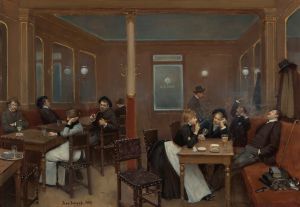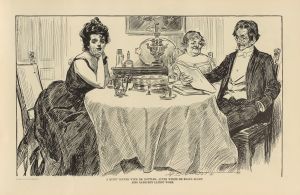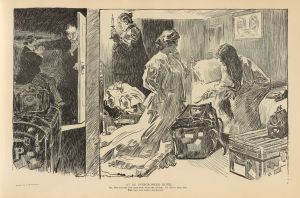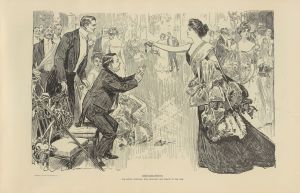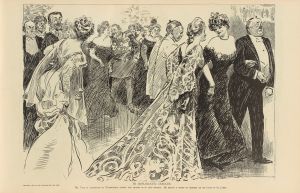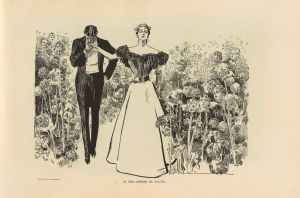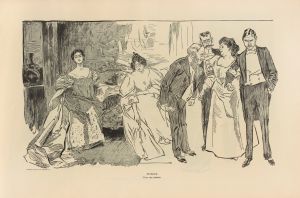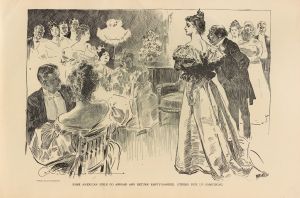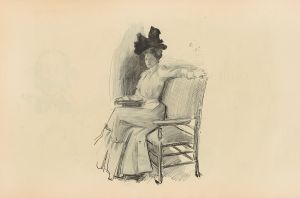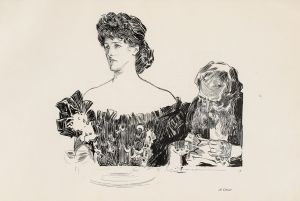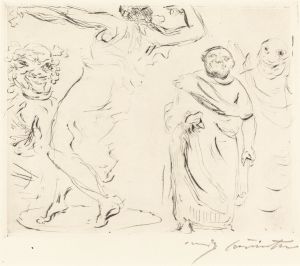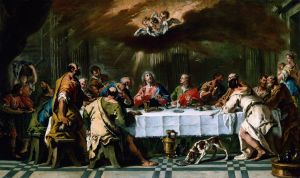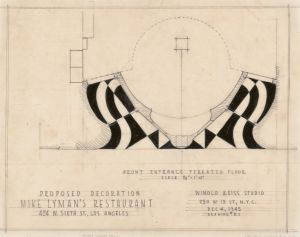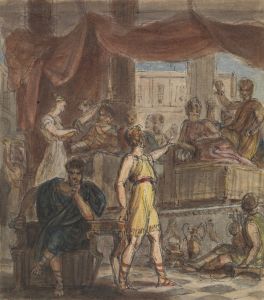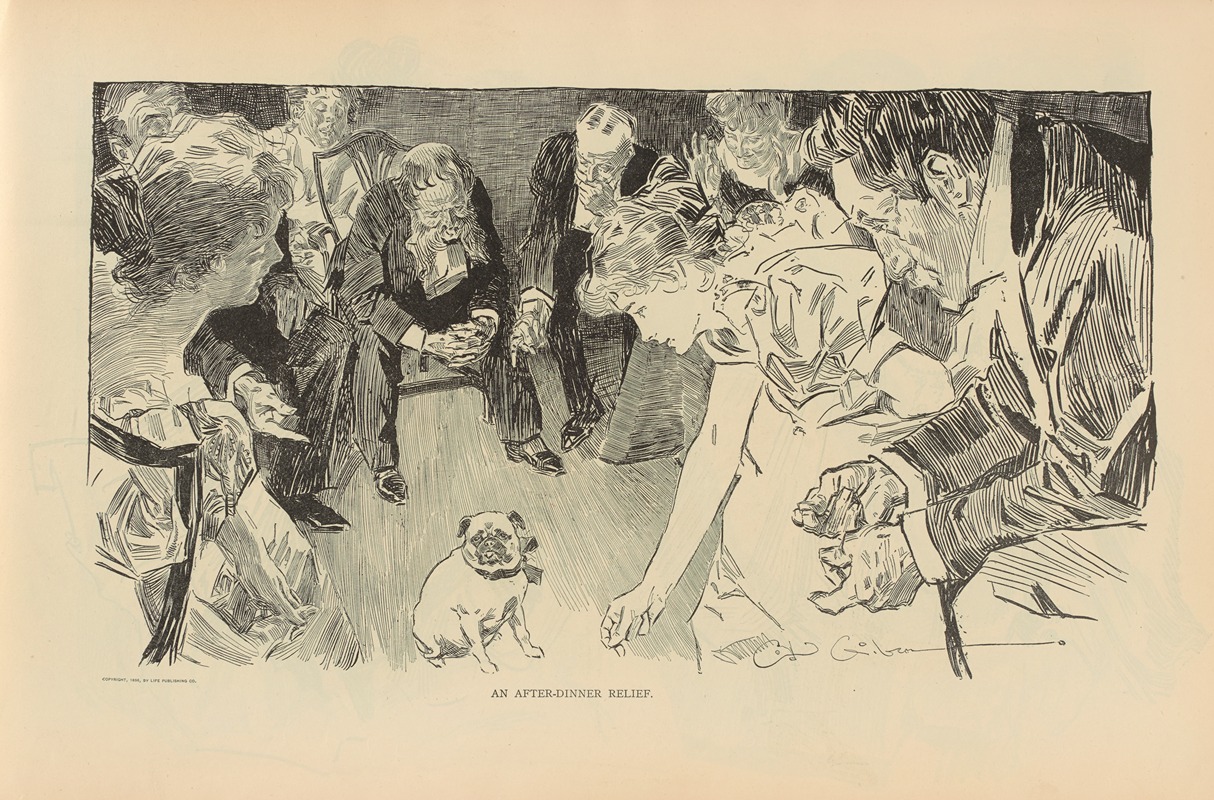
An after-dinner relief
A hand-painted replica of Charles Dana Gibson’s masterpiece An after-dinner relief, meticulously crafted by professional artists to capture the true essence of the original. Each piece is created with museum-quality canvas and rare mineral pigments, carefully painted by experienced artists with delicate brushstrokes and rich, layered colors to perfectly recreate the texture of the original artwork. Unlike machine-printed reproductions, this hand-painted version brings the painting to life, infused with the artist’s emotions and skill in every stroke. Whether for personal collection or home decoration, it instantly elevates the artistic atmosphere of any space.
Charles Dana Gibson was an influential American illustrator, best known for his creation of the "Gibson Girl," a representation of the idealized American woman at the turn of the 20th century. His work was widely published in magazines such as Life, Harper's Weekly, and Scribner's, and he became one of the most celebrated illustrators of his time.
"An After-Dinner Relief" is one of Gibson's many illustrations that capture the social dynamics and cultural norms of his era. While specific details about this particular work are scarce, it is consistent with Gibson's style and thematic focus. His illustrations often depicted scenes from upper-middle-class life, characterized by their wit, elegance, and a keen observation of social interactions.
Gibson's illustrations were typically done in pen and ink, a medium that allowed for precise detail and a high degree of contrast. This technique was well-suited for reproduction in the black-and-white printing processes of the time. His work is noted for its clean lines, careful attention to detail, and the ability to convey complex social narratives with a single image.
The title "An After-Dinner Relief" suggests a scene that takes place following a meal, likely in a domestic or social setting. Gibson's work often included elements of humor and irony, frequently highlighting the differences between genders and the societal expectations placed upon them. The term "relief" in the title could imply a sense of relaxation or a break from formality, which might be reflected in the expressions and postures of the characters depicted.
Gibson's illustrations were more than just artistic expressions; they were cultural commentaries. The "Gibson Girl," for example, was not just an image of beauty but also a symbol of independence and modernity. She was often portrayed as confident, athletic, and socially adept, embodying the changing roles of women in society during that period.
While "An After-Dinner Relief" may not be as widely recognized as some of Gibson's other works, it nonetheless contributes to the broader understanding of his artistic legacy. His ability to capture the essence of his time with humor and insight has left a lasting impact on American art and culture.
In summary, Charles Dana Gibson's "An After-Dinner Relief" is an example of his skill in illustrating the social nuances of his era. Although specific details about this work are limited, it reflects the themes and style that made Gibson a prominent figure in American illustration. His work continues to be appreciated for its artistic merit and its commentary on early 20th-century society.





